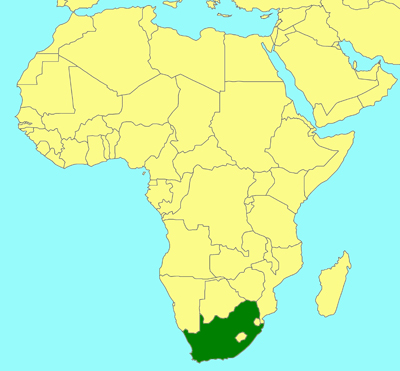|
Distribution |

South Africa: Western Cape Province:
West Coast Fossil Park; Langberg Farm; Koeberg Nature Reserve |
|
Biology |
Unknown |
|
Diagnosis |
Separated
from P. mastersonae by head and mesosoma being non-metallic;
separated from P. incognito and P. hoerikwaggoensis
by having disk of scutellum smooth in center (weakly carinate in P.
incognito, rugose in P. hoerikwaggoensis); separated from
P. rostratus by having mesopleuron almost entirely smooth
(striate in P. rostratus) and center of disk of scutellum smooth
(entirely rugose in P. rostratus.) |
|
Etymology |
Named after the type locality - West Coast Fossil Park, a satellite of Iziko
Museums of Cape Town. Phosphate mining operations uncovered a 5 million year old fossil site where bones of over
200 species, including bears and sabre-toothed cats, are preserved. |
|
References |
Buffington,
M.L. & van Noort, S. 2007. A
world revision of Pycnostigminae (Cynipoidea: Figitidae) with descriptions of
seven new species. Zootaxa 1392: 1-30
|
Credits
|
Photographs
and map illustration
© Simon van Noort (Iziko Museums of South Africa), first published in
Zootaxa 1392
Matt Buffington (Systematic Entomology Laboratory, USDA/ARS) and Mattias Forshage (Swedish Museum of Natural History) both played an integral role in the development of the Cynipoidea pages.
|
|
|
Next genus:
Trjapitziniola
Next species:
Pycnostigmus hoerikwaggoensis |